
Statins warning: new research confirms these harmful side effects

A new large-scale study has uncovered a significant connection between statin use—commonly prescribed to lower cholesterol—and the development of tendon disorders, such as tendonitis and tendinopathies. With over 250,000 individuals involved, this research provides compelling evidence that statin users face a higher risk of tendon-related issues, particularly early in treatment.
More importantly, the study dives into which specific statins are most problematic and highlights a broader takeaway: your overall metabolic health plays a vital role in tendon function and resilience.
🔍 Statins and Tendons: What's the Connection?

Statins are among the most prescribed medications globally, primarily used to reduce LDL (bad) cholesterol and prevent cardiovascular disease, including heart attacks and strokes. But alongside their cardiovascular benefits, statins have been associated with various musculoskeletal side effects, particularly involving the muscles and tendons.
Tendons are the fibrous cords that anchor muscles to bones, playing a crucial role in movement. When these become inflamed or damaged, it leads to conditions like:
-
Tendonitis – inflammation of the tendon
-
Tendinopathy – degeneration or structural issues within the tendon
-
Tendon ruptures – partial or complete tearing
⚠️ Key Finding: 43.5% Higher Risk of Tendon Issues in Statin Users
This comprehensive study compared 84,000 statin users with 168,000 non-users, examining their likelihood of developing tendon conditions such as:
-
Trigger finger
-
Tennis elbow (lateral epicondylitis)
-
Rotator cuff tendinopathy
-
Achilles tendinopathy
The results? Statin users were found to have a 43.5% higher overall risk of developing tendon problems compared to non-users.
🧪 Are Some Statins Worse Than Others?
The study further evaluated whether certain statins were more problematic than others. The main drugs investigated were:
-
Atorvastatin
-
Simvastatin
-
Rosuvastatin
🚨 Here’s what they found:
-
Atorvastatin & Simvastatin:
These two statins were associated with the highest rates of tendon problems across all conditions studied. -
Rosuvastatin:
Showed a mixed profile—linked to increased cases of trigger finger, tennis elbow, and rotator cuff tendinopathies, but not associated with Achilles tendinopathy or de Quervain’s tenosynovitis. -
Other statins:
When grouped together, all remaining statins also demonstrated significantly elevated risk of tendon problems.
✅ Takeaway: No statin was completely risk-free. While the degree of risk varied, all statins appear to increase the risk of tendinopathies to some extent.
⏱️ When Is the Risk Highest? The First 3 Months Matter Most
Interestingly, the timing of tendon problems mattered just as much as the type of statin. The study measured risk based on the cumulative defined daily dose (a measure of total exposure over time).
📊 Key time-based findings:
-
First 3 months: Risk was 134% higher compared to non-users
-
Between 3 and 6 months: Risk remained high at 121%
-
After 6 months: Risk dropped significantly to 12% above baseline
🧠 What this means: If tendon issues are going to arise, they’re most likely to occur within the first few months of starting a statin. After that, the risk decreases, though it doesn’t disappear entirely.
🎯 Balancing the Benefits and Risks of Statin Therapy
Statins remain a life-saving medication for individuals at high risk for cardiovascular events. For those who have experienced a heart attack, stroke, or have serious risk factors like diabetes or familial hypercholesterolemia, the benefits far outweigh the risks.
However, for lower-risk individuals—especially those using statins purely for prevention—the decision to start or continue therapy becomes more nuanced.
Your healthcare provider should always evaluate:
-
Your personal and family medical history
-
Your cholesterol levels
-
Your metabolic health
-
And now, possibly even your tendon and joint health
🔬 Tendon Health Isn’t Just About Statins: Metabolic Health Plays a Major Role
A critical insight from the study is that poor metabolic health—even without statin use—can drastically increase your risk for tendon issues.
⚠️ People with Metabolic Syndrome were:
-
2.5 times more likely to suffer tendon injuries
-
Those with high HbA1c (a marker of pre-diabetes or diabetes) had a 3x higher risk
-
People with elevated cholesterol had a 1.5x higher risk
📌 Metabolic syndrome is a cluster of conditions including:
-
Excess abdominal fat
-
Insulin resistance or elevated blood sugar
-
High blood pressure
-
High triglycerides or low HDL cholesterol
Together, these factors not only increase heart disease risk but also weaken tendons and impair the body’s ability to heal connective tissue.
⚙️ How to Improve Your Metabolic and Tendon Health—Naturally
The great news? You have the power to take control of your metabolic health, often without medication.
🥗 Eat an Anti-Inflammatory Diet
Focus on whole, nutrient-dense foods that support metabolic function and reduce inflammation:
✅ Fruits & Vegetables – Rich in antioxidants and fiber
✅ Lean Proteins – Chicken, fish, legumes, tofu
✅ Healthy Fats – Olive oil, avocados, nuts, seeds, fatty fish (like salmon)
Avoid:
-
Processed foods
-
Refined carbs and added sugars
-
Fried or ultra-processed snacks
These foods promote oxidative stress and systemic inflammation, which harm both metabolic and tendon health.
💪 Exercise Regularly
Physical activity is one of the most powerful tools for both cardiovascular and musculoskeletal health.
🏃♂️ Aerobic exercise:
-
Walking, swimming, biking, dancing
-
Aim for 30 minutes per day, most days of the week
🏋️♀️ Strength training:
-
Improves insulin sensitivity
-
Builds muscle and supports tendon resilience
-
Try to include resistance exercises at least 3x per week
✅ Key Takeaways
-
Statin users have a significantly increased risk of developing tendon problems, especially in the first 3 to 6 months.
-
Atorvastatin and Simvastatin are associated with the highest risk.
-
Rosuvastatin has mixed results depending on the type of tendon disorder.
-
Poor metabolic health is a strong independent risk factor for tendinopathies—sometimes even more so than statin use.
-
Diet, exercise, and lifestyle changes can dramatically improve both metabolic and tendon health.
🗣️ Final Thought: Talk to Your Doctor—And Listen to Your Body
Statins can be life-saving for many people, but they aren’t without side effects. If you’ve recently started statins and begin to experience tendon pain, stiffness, or reduced mobility—don’t ignore it. Early action can prevent long-term damage.
Work with your healthcare provider to weigh the risks and benefits, especially if you're in a low-to-moderate cardiovascular risk category. Ask whether your metabolic health could be improved through lifestyle before turning to lifelong medication.
Sometimes, taking control of your health means more than just managing numbers on a lab test—it means supporting your body as a whole.
News in the same category


Eat this #1 meal to help unclog your arteries naturally

Canker Sores Are The Absolute WO:RST…Here’s How To Get Rid of Them Fast!
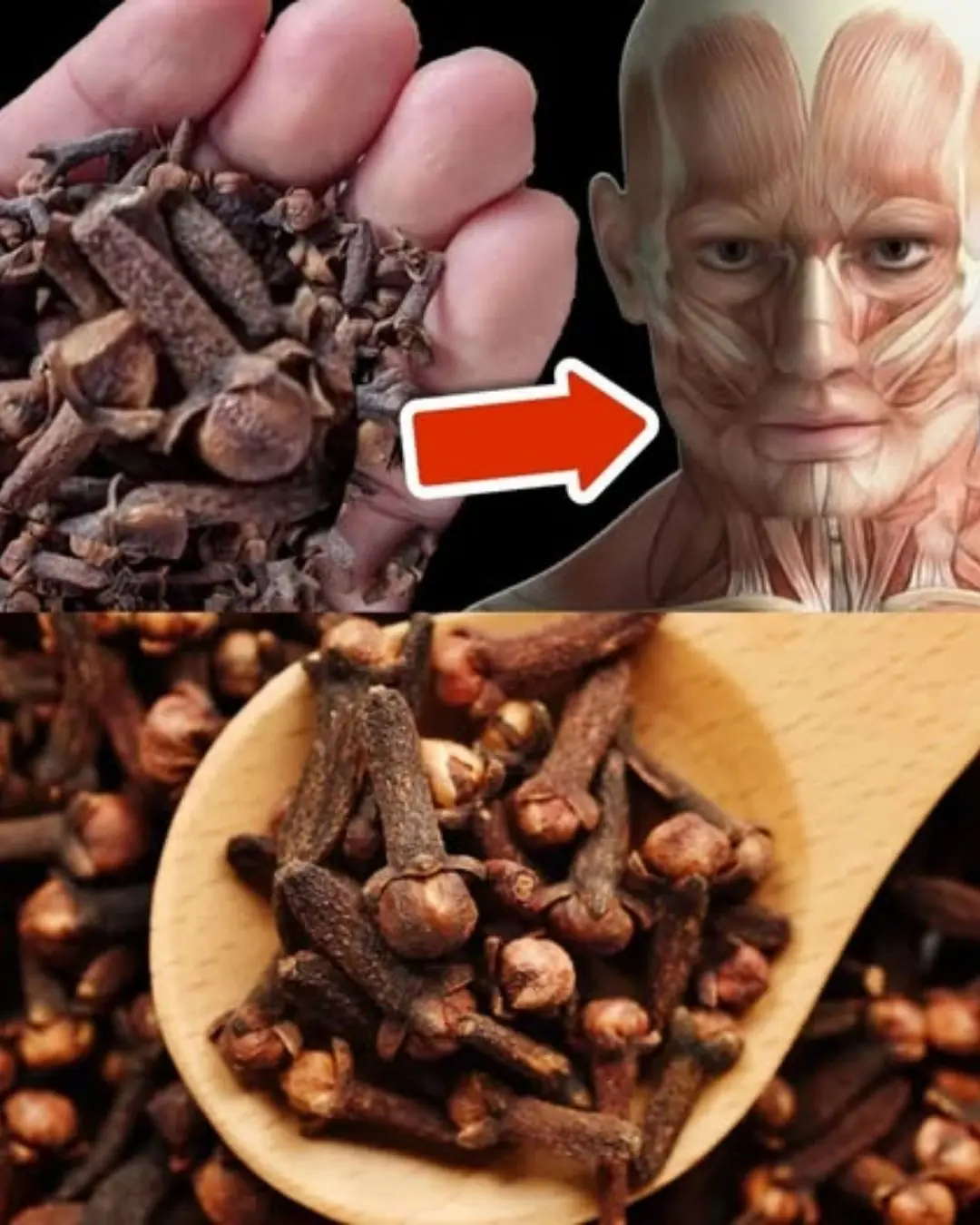
Cloves: 10 Health Benefits of Eating 2 Daily
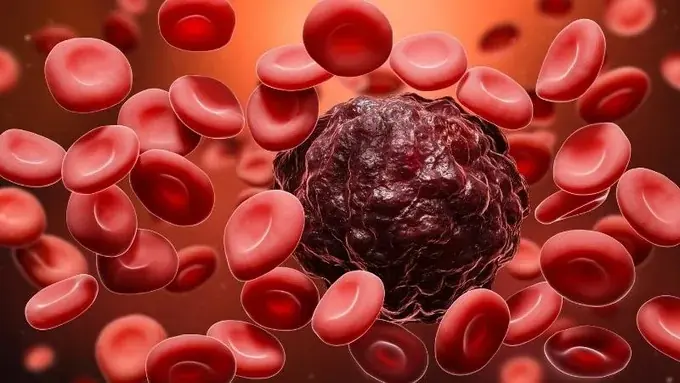
How to Spot the Early Warning Signs of Cancer Growing in Your Body
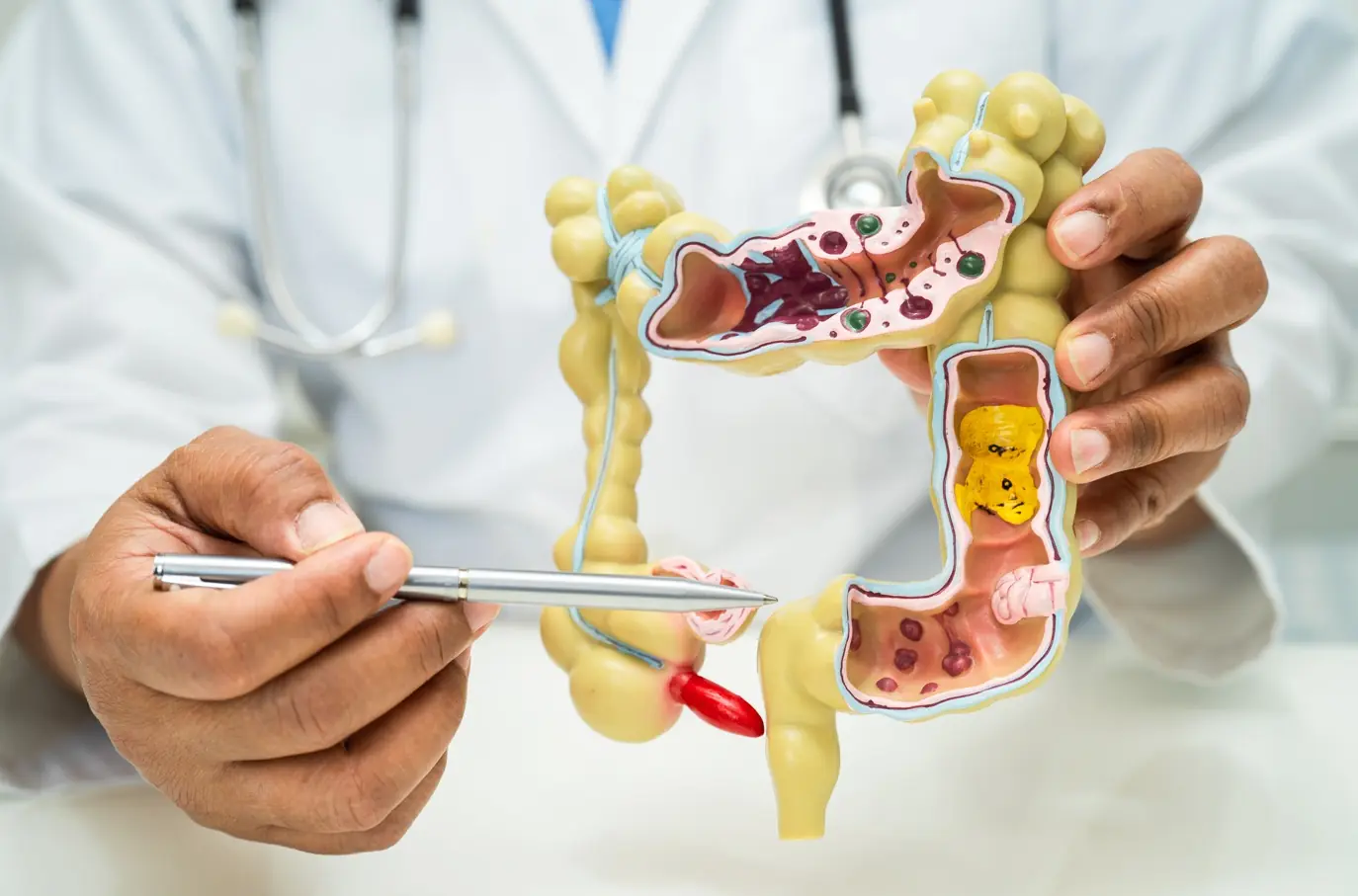
New Research Finds 40-50% of Colon Cancer Cases Can Be Prevented by Doing These Simple Things
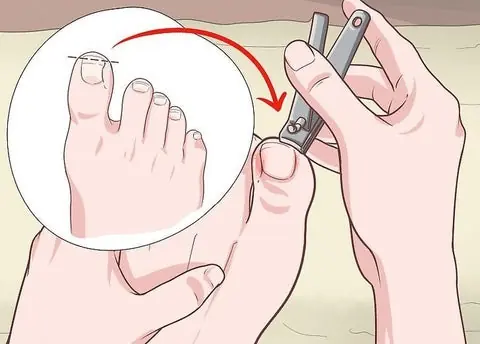
The Simple Trick to Get Rid of Ingrown Toenails Fast—You’ll Wish You Knew Sooner!
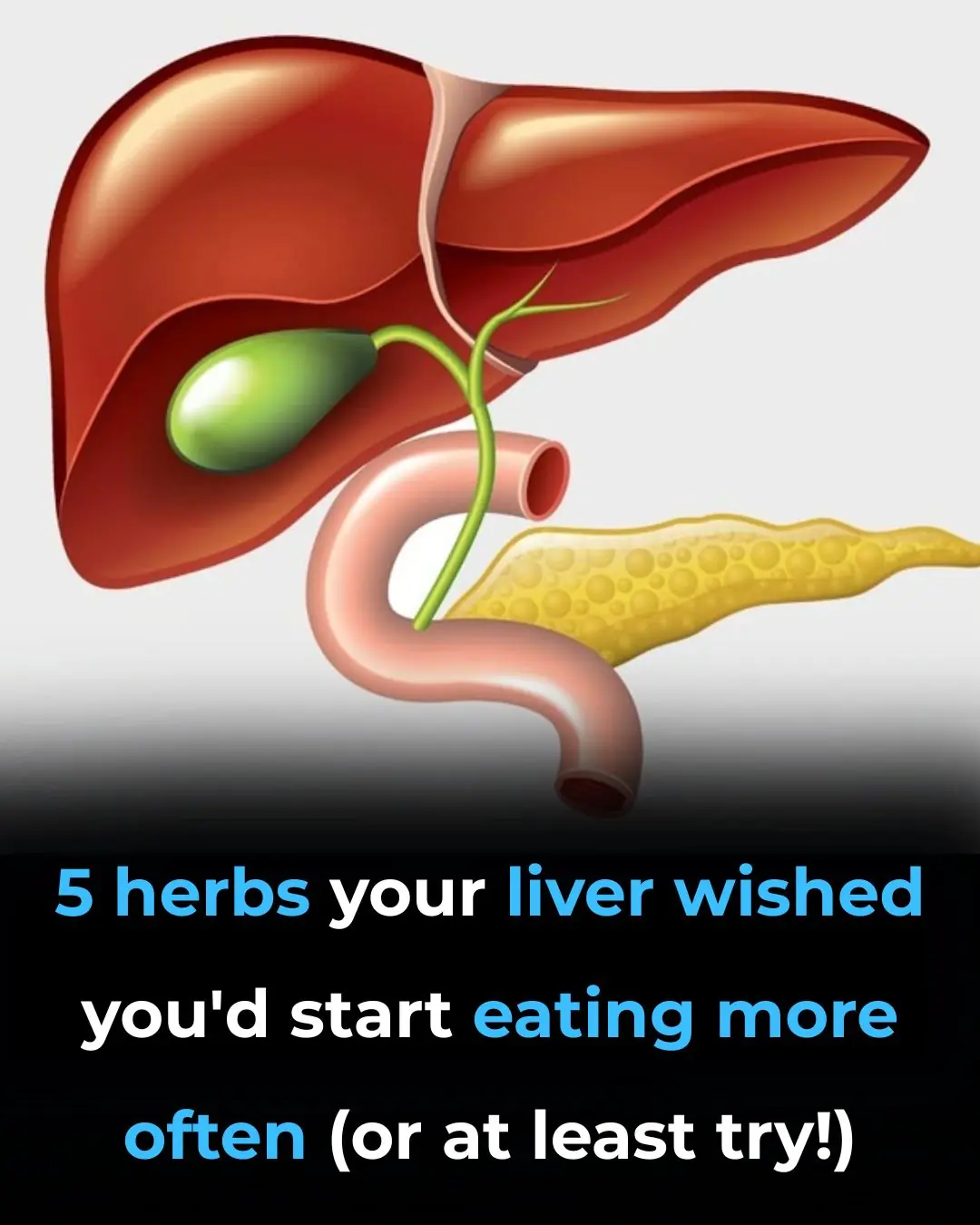
5 Herbs Your Liver Wished You’d Start Eating More Often (Or At Least Try!)

If cancer is present, 3 key symptoms often appear in the morning

The Warning to People Who Regularly Walk Around Their Homes Barefoot

Foods That Add Inches to Your Waistline
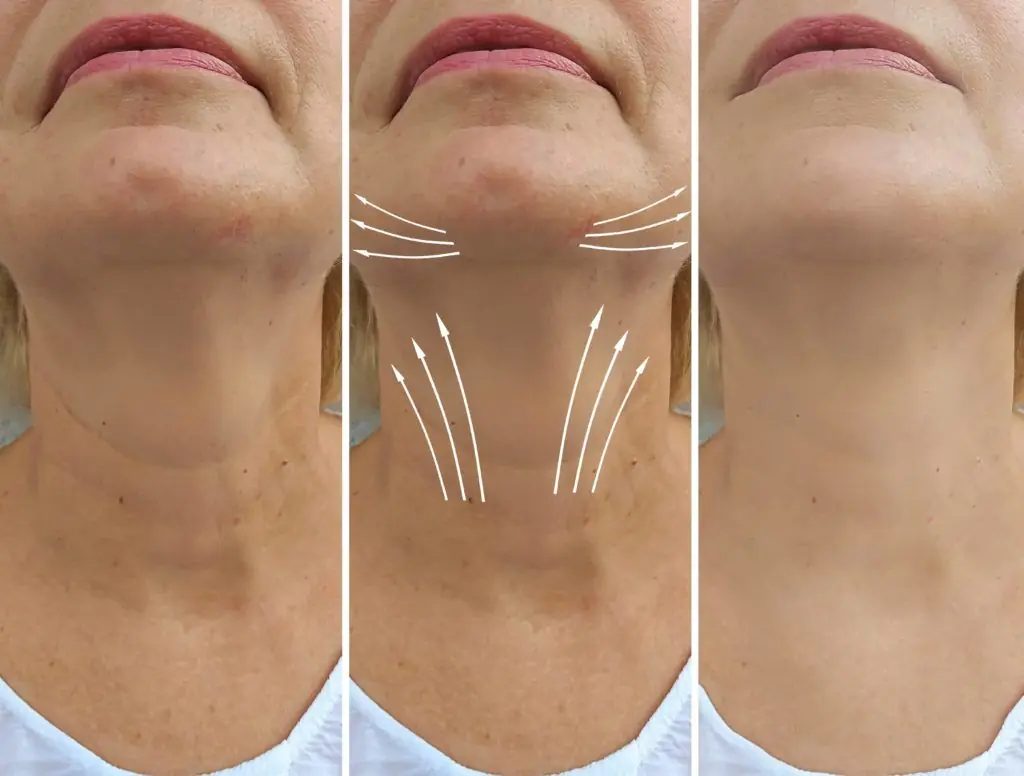
Why the Neck Sags with Age: Causes, Solutions, and Prevention Tips
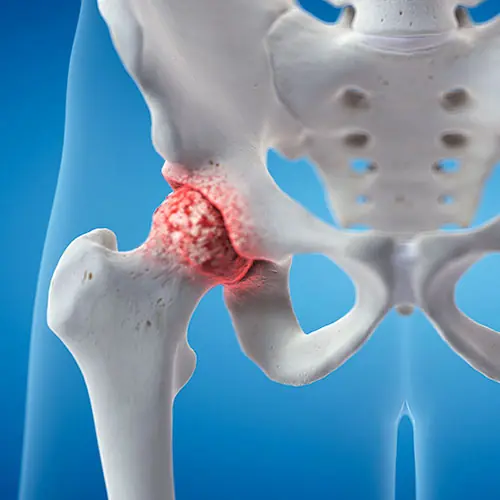
Top 3 Vitamins for Hip Arthritis

Anyone Who Wants to Avoid Having a Stroke Needs to Start Eating these 15 Foods Immediately

Put THIS Mixture Under Your Tongue Before Bed And NEVER Wake Up Tired Again!

Shocking Study: Popular Birth Control Linked to Higher Brain Tumor Risk in Women
While meningiomas remain uncommon, this research suggests that some forms of hormonal contraception — particularly long-term injectable Depo-Provera — may raise the risk more than previously understood.

4 Things You Should Never Say to Someone with ADHD (And Better Alternatives)
ADHD is often misunderstood, leading many people to make comments that, while well-intentioned, may actually cause harm. Knowing what not to say—and what to say instead—can make your conversations more empathetic, supportive, and genuinely helpful fo

Silent Danger: How Stalking Secretly Raises Women’s Risk of Heart Attack and Stroke
Being stalked is not just an emotional burden—it can leave a lasting mark on the body. A new study reveals that women who have been stalked face a sharply higher risk of heart attack, stroke, and long-term heart disease, proving that trauma isn’t onl

Breakthrough study shows lithium can ‘reverse’ Alzheimer’s damage even in advanced stages
News Post

Save this valuable remedy that helps de:toxify and can save the life of someone bitten by a ra:bid d:og or snake in just 1 minute.

The method to drive away an entire rat colony using just a handful of rice, without the need for harmful poisons.

Clean your house with this simple trick using water, and the house will be as clean as new, with no dust sticking, even if you don't clean it for a whole week.

Simple Homemade Cough Syrup Removes Phlegm From The Lungs

Eat this #1 meal to help unclog your arteries naturally

Canker Sores Are The Absolute WO:RST…Here’s How To Get Rid of Them Fast!
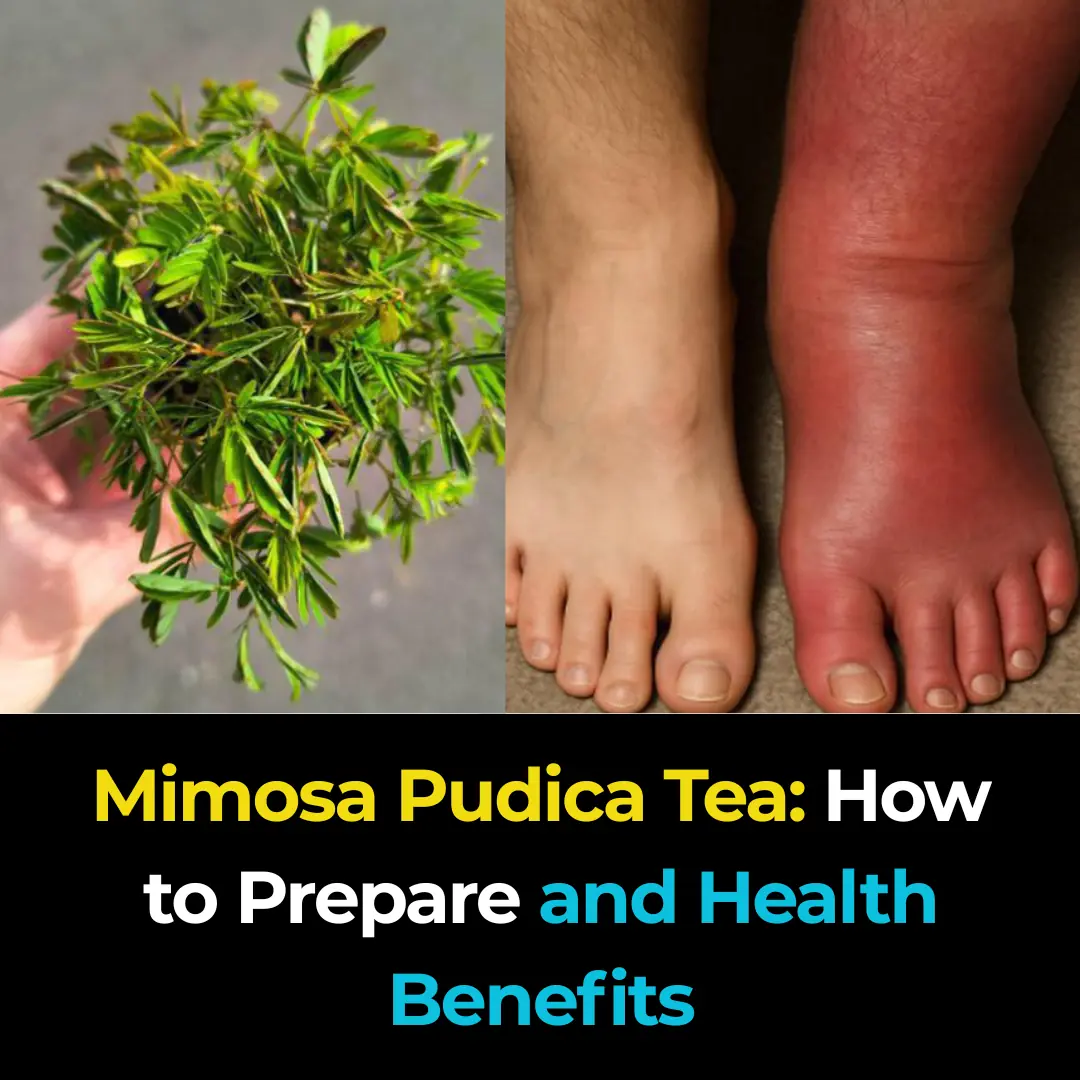
Mimosa Pudica Tea: How to Prepare and Health Benefits

7 Benefits and Uses of Ageratum conyzoides
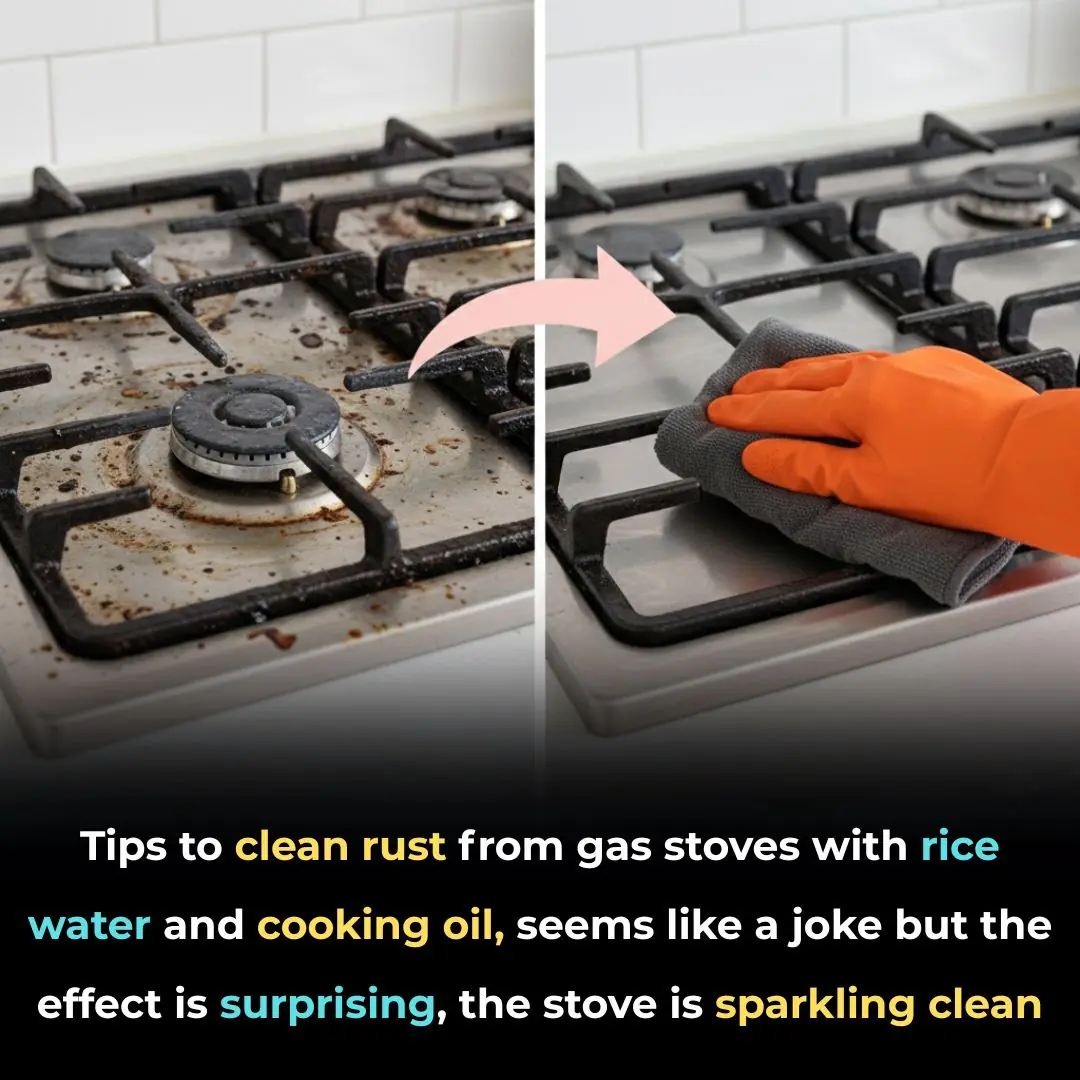
Tips to clean rust from gas stoves with rice water and cooking oil, seems like a joke but the effect is surprising, the stove is sparkling clean

5 things you should never put in the washing machine, not only can they not be cleaned, they are also dangerous

The small round hole at the end of the nail clipper is useful

Mix toothpaste with rice water: Great use, solves problems both men and women encounter

Eating green bananas this way is very good for your health

Unexpectedly reduce electricity bill with the trick of putting tissue paper in the refrigerator - Anyone can do it

10 Shades of Japanese Whitening Secrets: Rice-Based Beauty Formula for Wrinkle-Free, Spotless Skin

This type of powder is often found in the kitchen. Just sprinkle a little on ornamental plants, the buds will be dense, and the flowers will fill the garden

Don’t Boil Eggs Directly In Water — Here’s How FIVE-STAR Hotels Cook Their Eggs!

When someone in the family passes away, you should know that you should not keep these 4 relics for your children and grandchildren.

3 mistakes when using plastic wrap that can cause cancer that many people make
